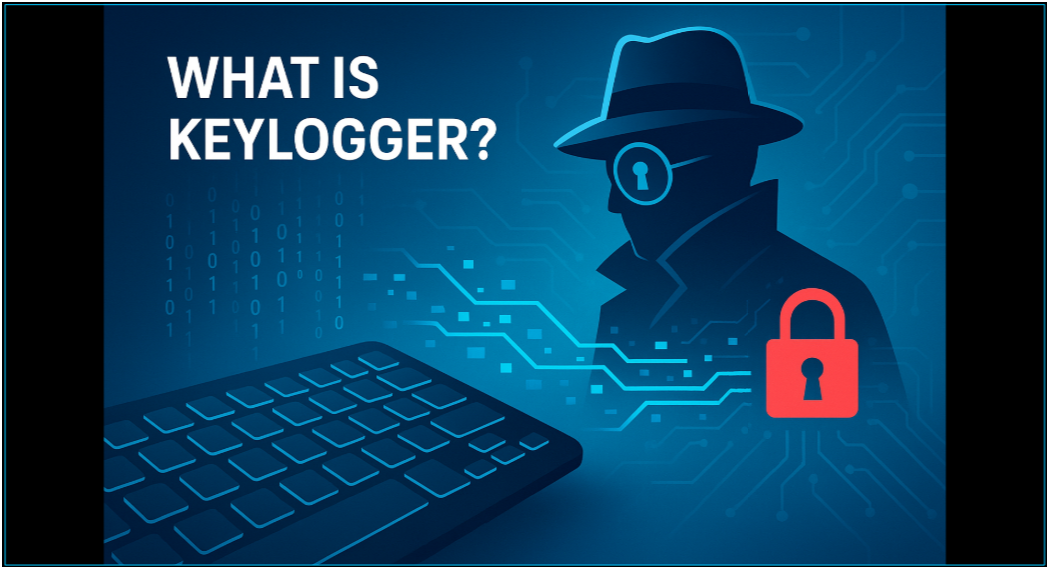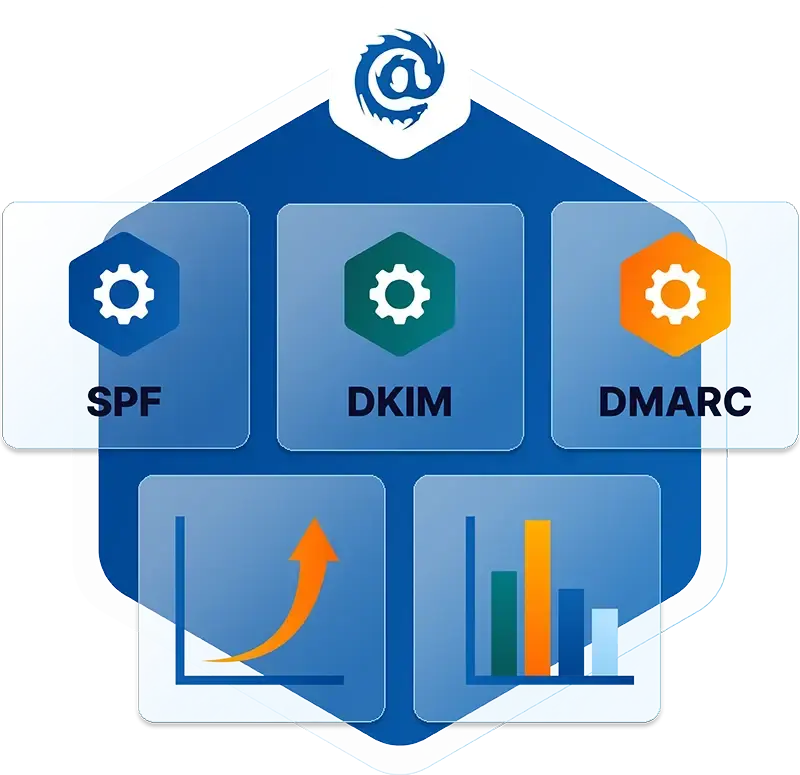Table of Contents
Identity and Access Management (IAM) Explained
IAM is built around the management of electronic identities, which governs how individuals are identified in a system, how roles are assigned, and how permissions are granted or revoked.
- Identity Management: Ensures that digital identities (users, devices, or applications) are properly created, maintained, and deactivated when necessary.
- Authentication: Verifies that the person or system requesting access is who they claim to be using passwords, biometrics, or tokens.
- Authorization: Once identity is confirmed, IAM systems determine the level of access granted based on user roles and policies.
- Audit and Governance: IAM systems enable auditing capabilities to track and document user activities, ensuring compliance with regulatory standards.
Organizations can deploy IAM systems on-premises, in the cloud, or through a hybrid approach.
How Identity and Access Management (IAM) Works
IAM systems work by verifying users' identities and managing their access rights in real-time. The process can be broken down into two key stages:
-
Authentication: The IAM system verifies the user’s identity by checking their login credentials (such as username and password) against a centralized identity management database. For added security, IAM often incorporates multifactor authentication (MFA), which requires additional verification methods like a one-time code sent to a phone or email. This step ensures that only legitimate users gain access.
-
Authorization: Once a user’s identity is confirmed, the system grants them the appropriate access based on their role within the organization. This role-based access control (RBAC) ensures that employees, contractors, and other verified individuals only access the resources they need to perform their tasks. The IAM system continuously monitors and updates access privileges as users’ roles change or when they leave the organization, ensuring that no unnecessary access rights remain active.
How to Strengthen Your Identity and Access Management (IAM)
Attacks that exploit weak IAM typically involve malicious actors targeting vulnerable access control mechanisms or compromising user credentials. Common types of IAM attacks include Social Engineering and Credential Theft/Harvesting.
To thwart attack attempts, utilize the following as part of your protection strategies:
- Implement Multifactor Authentication (MFA): Requiring users to provide multiple forms of authentication strengthens access security and reduces the risk of stolen credentials.
- Regular Access Audits: Periodically reviewing and adjusting user access rights can help prevent privilege creep and unauthorized access.
- Behavioral Analytics: Monitoring for unusual login behavior or access requests can help detect potential IAM breaches early.
- Phishing Awareness Training: Educating employees on the risks of phishing and how to recognize fraudulent emails can prevent credential theft.
IRONSCALES Helps Strengthen Weak Identity and Access Management (IAM)
IRONSCALES integrates IAM best practices into its email security platform to provide comprehensive protection against IAM-related attacks. By combining advanced AI-driven threat detection and real-time phishing prevention, IRONSCALES helps secure user identities and prevent unauthorized access to email systems.
With IRONSCALES, organizations can protect their email systems from threats that aim to compromise user credentials, including brute-force and phishing attacks, while maintaining strong identity verification and access control processes. This integration ensures that email security remains robust, even as cyber threats grow more sophisticated.
Learn more about IRONSCALES advanced anti-phishing platform here.
Get a demo of IRONSCALES™ today! https://ironscales.com/get-a-demo/
Explore More Articles
Say goodbye to Phishing, BEC, and QR code attacks. Our Adaptive AI automatically learns and evolves to keep your employees safe from email attacks.

/Concentrix%20Case%20Study.webp?width=568&height=326&name=Concentrix%20Case%20Study.webp)












